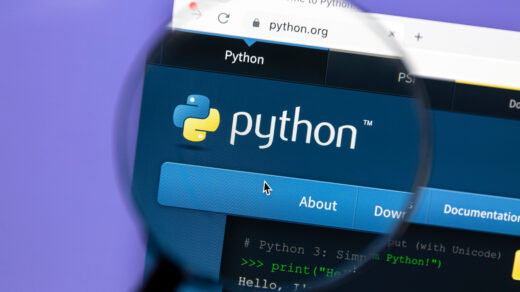Executive Summary
In August 2025, Microsoft disclosed CVE-2025-50165—a critical remote code execution vulnerability in the Windows Graphics Component. With a CVSS score of 9.8, this flaw allows attackers to weaponize image files and execute arbitrary code without user interaction. It’s a stark reminder that even pixels can be lethal when memory safety is compromised.
What Went Wrong?
At the heart of CVE-2025-50165 is an untrusted pointer dereference—a memory corruption flaw. The graphics subsystem failed to properly validate object references when parsing graphical content, such as images or vector files. This allowed attackers to craft malicious payloads that hijack execution flow and inject arbitrary code.
- Vulnerable Component: Windows Graphics (likely GDI/GDI+ or WIC)
- Trigger: Malicious image file sent via email, embedded in a document, or served over the web
- Impact: Full system compromise with no user interaction
Why It Matters
This vulnerability is an example of how content-based exploits are evolving:
- Zero-click attack surface: No user interaction required
- Cross-application risk: Affects Office viewers, browsers, remote desktop, and more
- Stealthy delivery: Malicious images can bypass traditional filters and sandboxing
🛡️ Mitigation Strategies
- Patch Immediately: Microsoft’s August 2025 update addresses the flaw across Windows 11 and Server 2025.
- Sandbox Image Parsers: Isolate graphical processing from core system functions.
- Monitor for Anomalies: Use EDR tools to detect unusual behavior in graphics-related processes.
- Filter at the Edge: Block suspicious image formats and inspect metadata for anomalies.
Security+ Domains This CVE Reinforces
1. Domain 1: General Security Concepts
- Threat Actors & Attack Vectors: This CVE exemplifies how attackers exploit software flaws remotely, without user interaction—zero-click RCE.
- Vulnerability Types: Untrusted pointer dereference falls under memory corruption, a critical vulnerability class covered in Security+.
2. Domain 2: Security Architecture
- Application Security Controls: Highlights the importance of secure coding practices and input validation in graphical subsystems.
- Sandboxing & Isolation: Ties into defense-in-depth strategies like isolating risky components (e.g., image parsers) from core OS functions.
3. Domain 3: Security Operations
- Patch Management: CVE-2025-50165 is an example of why timely patching is critical—especially for high CVSS vulnerabilities.
- Monitoring & Detection: Encourages use of EDR and SIEM tools to detect anomalous behavior in graphics-related processes.
4. Domain 4: Security Program Management
- Risk Management: You can use this CVE to discuss how organizations assess and prioritize vulnerabilities based on impact and exploitability.
- Security Awareness: A great case study for training users and developers on the hidden risks in seemingly benign content like images.
Final Thoughts
CVE-2025-50165 reminds us that security isn’t just about firewalls and passwords. As attackers get more creative, defenders must think deeper about the invisible risks embedded in everyday content. In short, this CVE is a case study in how theory meets practice. It’s the kind of example that turns Security+ from a certification into a mindset—one that prepares you to think like a defender, architect, and strategist.
Discover more from The Root User
Subscribe to get the latest posts sent to your email.


